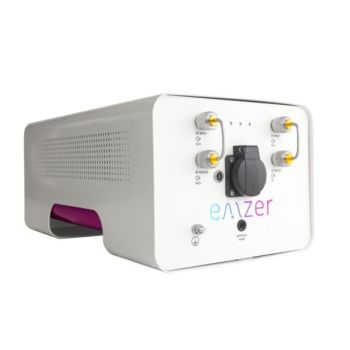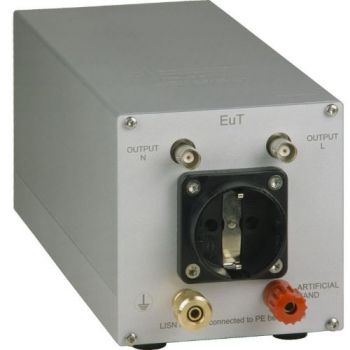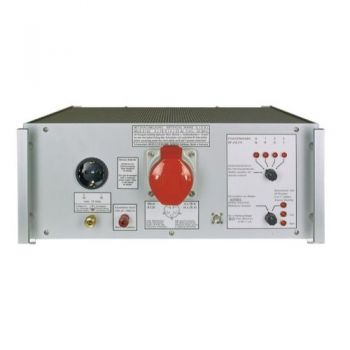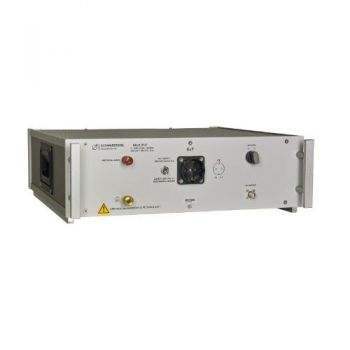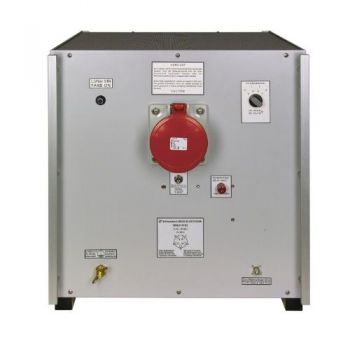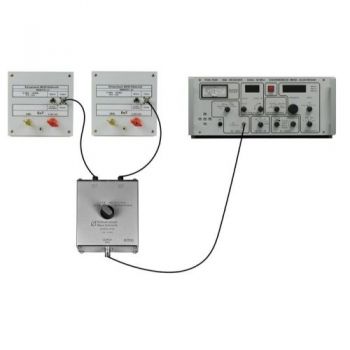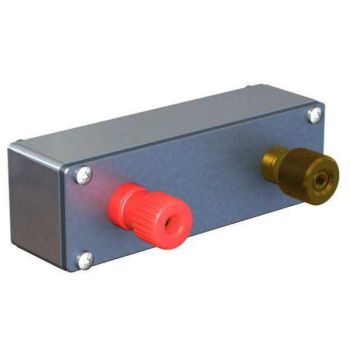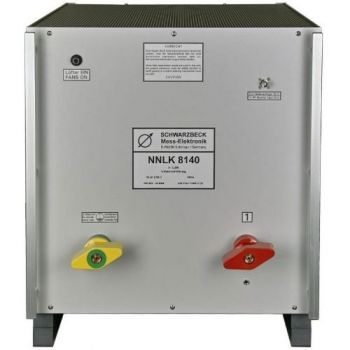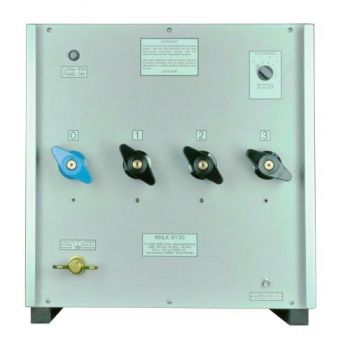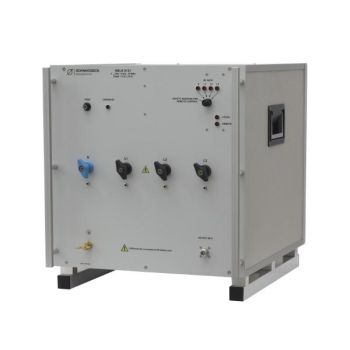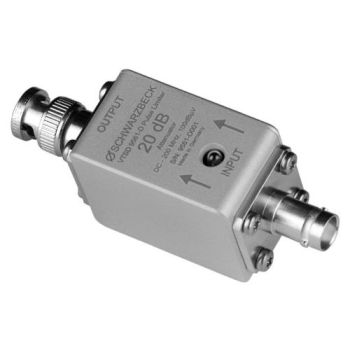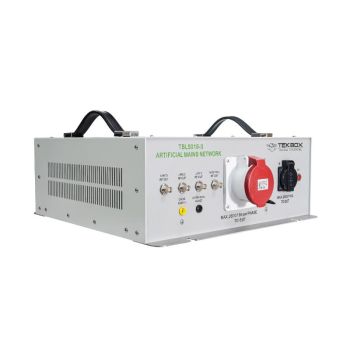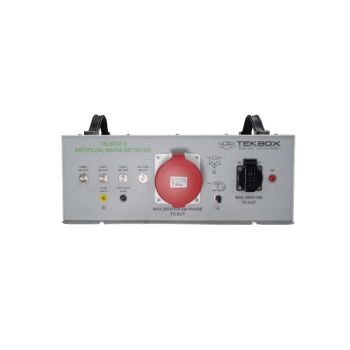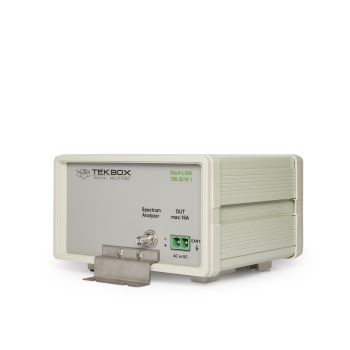
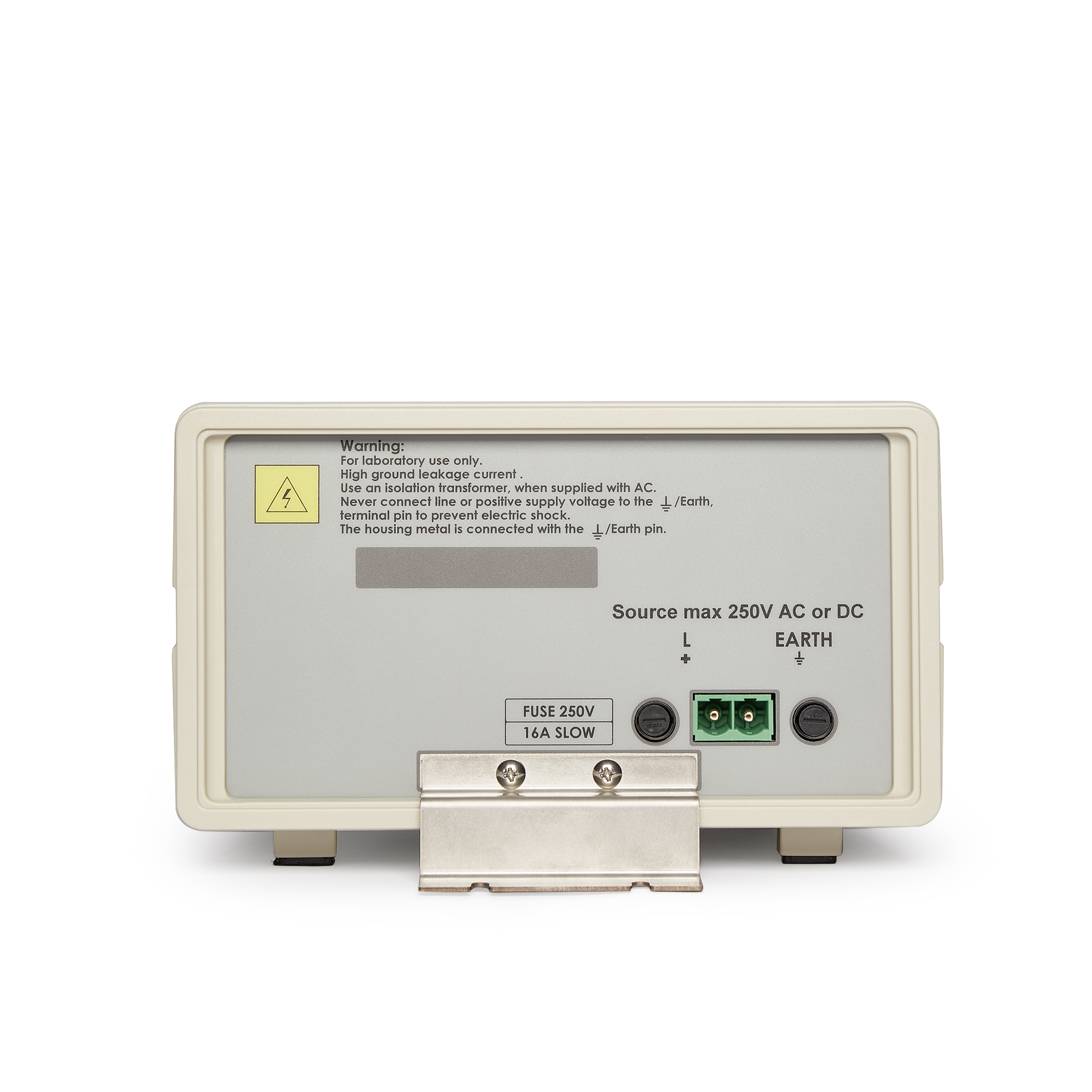
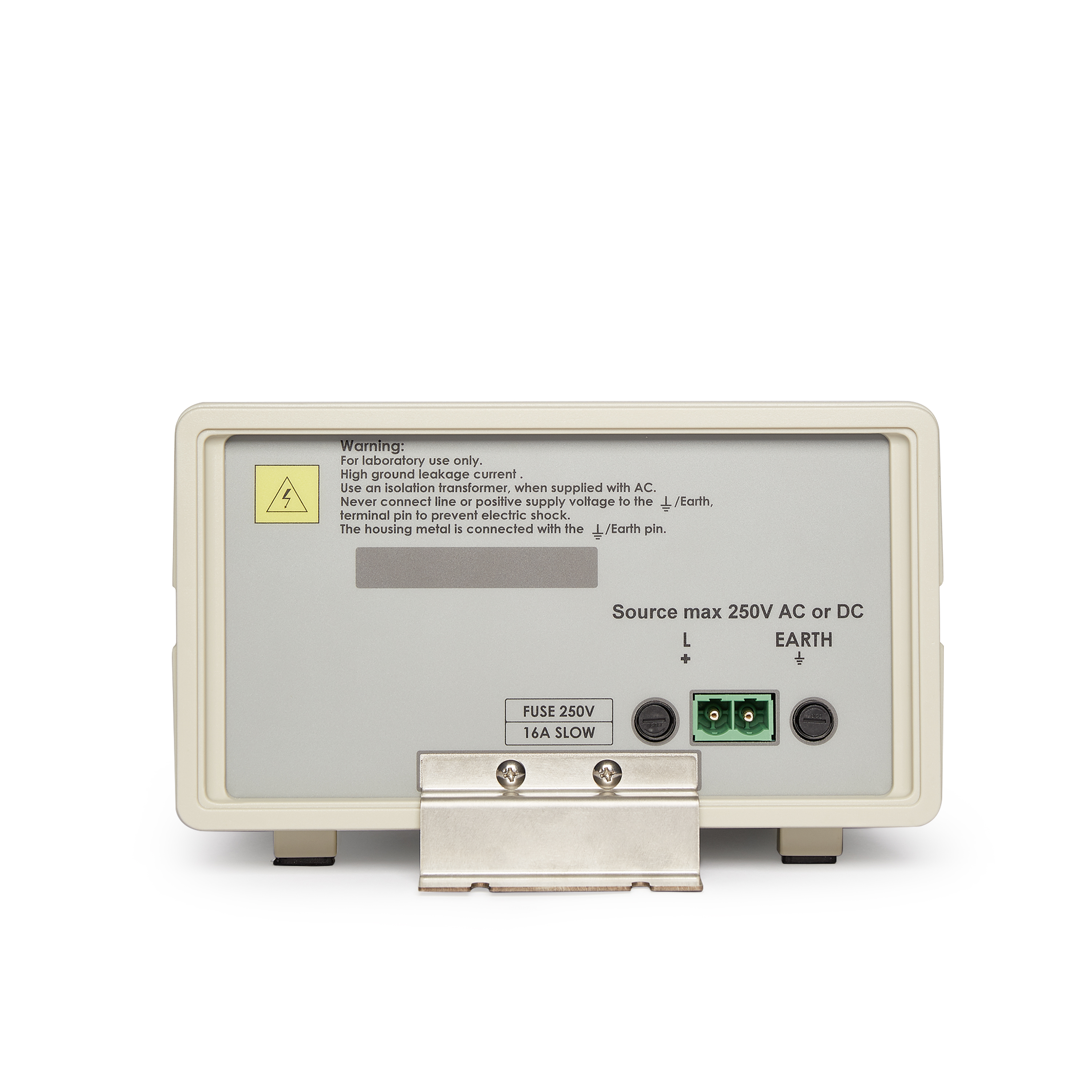
TBL5016-1 50uH 16A Line Impedance Stabilization Network LISN
The TBL5016-1 50µH LISN is a device required to setup conducted noise measurements of DC or AC-powered electronic equipment. It is designed according to CISPR 16-1-2 and MIL-STD-461F standard and characterized in the frequency range of 9kHz to 100 MHz.
MARKETS:
TEST STANDARDS:
TBL5016-1 50UH 16A LINE IMPEDANCE STABILISATION NETWORK LISN
The TBL5016-1 50µH LISN is a device required to setup conducted noise measurements of DC or AC-powered electronic equipment. It is designed according to CISPR 16-1-2 and MIL-STD-461F standard and characterized in the frequency range of 9kHz to 100 MHz.
Apart from carrying out conducted noise measurements, LISNs are also used to establish a defined impedance for various other standardized tests.
The LISN is a 50Ω/50µH+5 Ω single line design with a high current jumper to short the 5 Ohm resistor and configure it as 50Ω/50µH LISN according to CISPR 16-1-2. The LISN is characterized up to 100 MHz which means that the LISN can be used for the combined range of 9 kHz to 100 MHz.
The LISN is inserted into the supply line of the DUT (Device Under Test). Conducted noise, which is present at the supply terminals of the DUT can be measured at the BNC connector using a spectrum analyzer or a measurement receiver. The source (supply) terminal and the DUT terminal are decoupled by a 50µH inductor. DC or single phase measurements typically require a pair of TBL5016-1. Combining it with the Tekbox LISN Mate enables separate measurement of common mode and differential mode noise. DUTs with 3 phase supply require three or four pieces of TBL5016-1, depending on whether the product is supplied in delta or star configuration.
The unit comes equipped with a BNC-male to N-male RG232 cable, mating connectors, high current configuration jumpers and ground brackets to attach it to a ground plane.
SPECIFICATIONS
- LISN type: V-AMN, configurable as 50Ω/50µH+5 Ω or 50Ω/50µH
- Frequency range: 9 kHz – 100 MHz
- DC Resistance: < 45 mΩ
- Maximum current: 16A continuous
- Operating voltage range: 0 – 250V DC; 0 – 250V AC (50/60 Hz), 0 – 120V AC (400 Hz)
- Fuse: 2 x 16A slow
- High current plug/screw terminals – male: Phoenix Contact 1998933, female: Phoenix Contact 1967375
- Dimensions: 250 mm x 225 mm x 140 mm (including ground brackets)
- weight: 2.7 kg
APPLICATION
- EMC pre-compliance testing of conducted noise
LINKS AND REVIEWS
A conducted EMC pre-compliance test guide by Dr. Min Zhang of Mach One Design, an engineering consulting firm (www.mach1design.co.uk) based in Oxford, UK
DOCUMENTATION
DOWNLOAD


